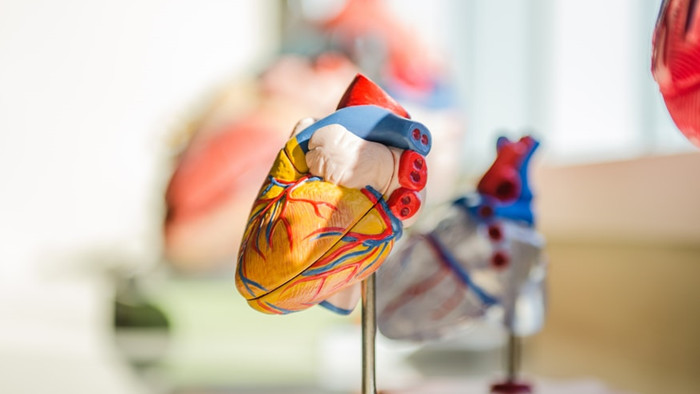Artificial Heart Valve Research Focus
Artificial Heart Valve Research Focus – Spray Biocoating – Cheersonic
Heart valve disease is a common heart disease, and artificial heart valve replacement has become the best solution for this kind of disease. In recent years, the development trend of heart valve replacement surgery has changed from surgical thoracotomy to minimally invasive interventional surgery with biological valves. Most of the current commercial biological heart valves are made of glutaraldehyde-treated porcine or bovine pericardium and other xenogeneic tissues, but these valves have toxic aldehyde residues, which are prone to valve calcification, microthrombosis, immune rejection, endothelial cells Defects such as difficulty in adhesion result in a short service life of only about 10 years. In addition, the preservation method of the biological heart valve needs to be immersed in glutaraldehyde solution, which further limits its performance.

The current research focus in this field is to fundamentally improve the comprehensive performance of artificial heart valve materials through better strategies, including:
- Modification strategy of glutaraldehyde cross-linked valve with anticalcification and antithrombotic properties;
- A new type of non-glutaraldehyde cross-linked biological valve with better biocompatibility;
- Dry preservation of heart valve materials;
- Synthetic polymer valve materials and new valve materials with low immunogenicity.
At present, the artificial valve is mainly used in the aortic valve, and it is expected to gradually expand to the clinical use of pulmonary valve, mitral valve, tricuspid valve and venous valve. It is worth noting that in the development of venous valves, more efficient anticoagulation strategies are required to overcome the high risk of thrombosis during use of venous valves. In addition, tissue engineering valves prepared from extracellular matrix materials and biodegradable synthetic materials are expected to achieve valve function reconstruction and valve regeneration, which is also one of the important research directions in the future.
Ultrasonic nozzles are particularly suitable for a wide range of medical coating applications due to their very precise, non-blocking, repeatable spray performance and extremely low flow rate capability. For several years, Cheersonic has been providing ultrasonic medical coating system to medical device manufacturers worldwide. As medical device technology evolves, we will continue to design unique medical coating ultrasonic spray solutions to enhance patient safety and provide the highest quality medical device coating on the market.

